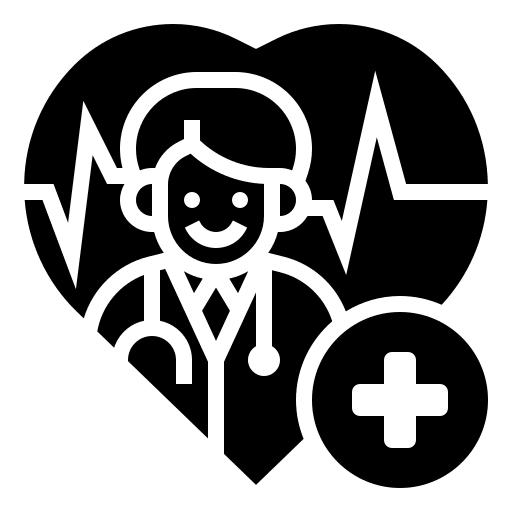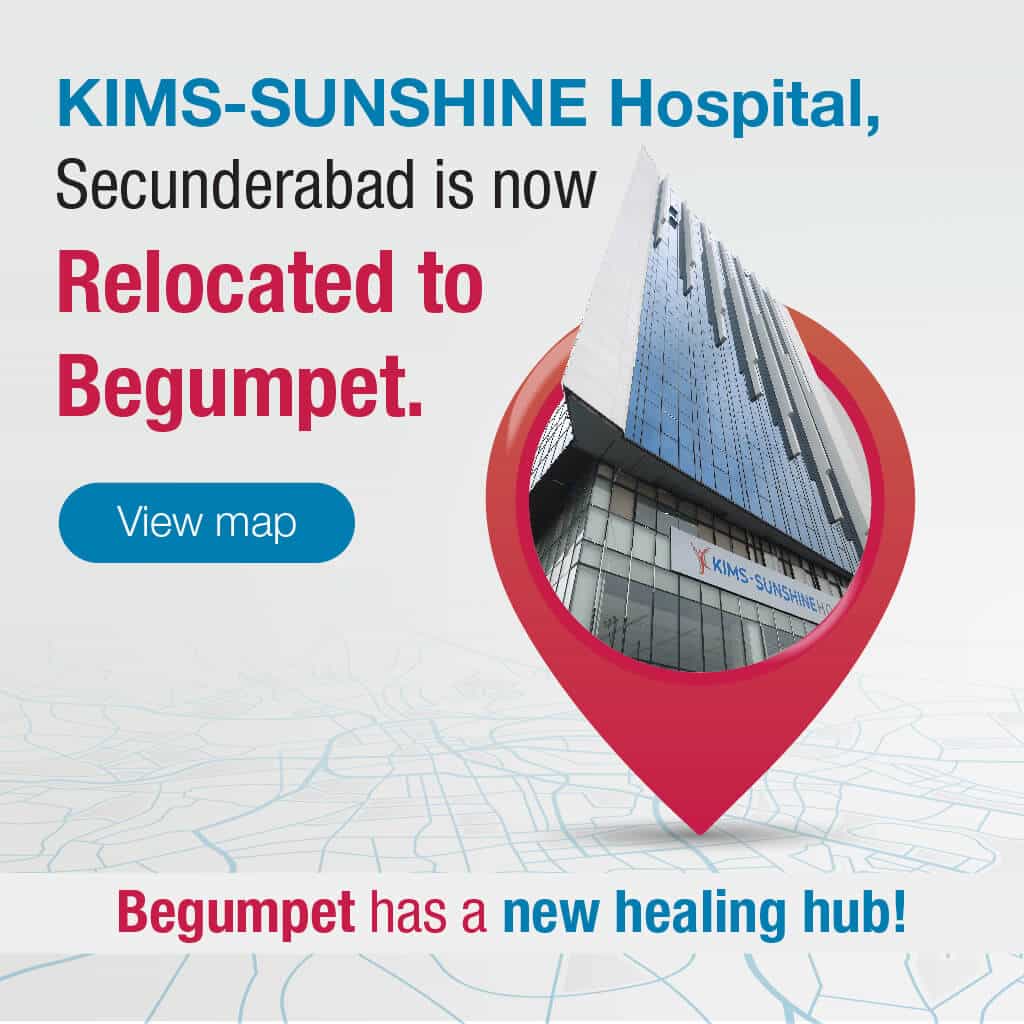GERD
Explore detailed information on a wide range of diseases and conditions. Use our search bar to find expert insights, treatment options, and patient resources tailored to your needs.
Book an AppointmentDiagnosis
Diagnosing GERD involves a combination of your medical history, physical examination, and a series of specialised tests. Here’s a glimpse into how healthcare professionals pinpoint this common digestive condition:
1. Medical History and Symptoms Review: The diagnostic journey often begins with a detailed discussion about your symptoms, their frequency, and their impact on your daily life. Your doctor will inquire about your diet, lifestyle, and any medications you’re taking to identify potential triggers.
2. Physical Examination: A thorough physical examination helps your doctor assess any visible signs of GERD and rule out other conditions. This may include palpating the abdomen and listening to your chest and stomach.
3. Endoscopy: For a closer look, your doctor might recommend an endoscopy. This procedure involves inserting a thin, flexible tube with a camera (endoscope) down your throat to visualise the oesophagus and stomach. It helps identify inflammation, ulcers, or other complications of GERD.
4. pH Monitoring: To measure acid levels in your oesophagus, a 24-hour pH monitoring test may be conducted. A thin tube is placed through your nose and into your oesophagus, or a small capsule is attached to the esophageal lining, tracking acid levels over a day.
5. Esophageal Manometry: This test evaluates the function of your oesophagus and its sphincters. A thin, flexible tube is inserted through your nose and into your oesophagus to measure muscle contractions and LES function, providing insight into how well your oesophagus moves and how effectively the LES is closing.
6. Barium Swallow X-ray: In this imaging test, you drink a barium solution that coats the oesophagus, making it visible on X-rays. This helps reveal structural abnormalities and assesses how well your oesophagus is working.
By utilising these diagnostic tools, healthcare professionals can tailor a treatment plan that addresses your specific needs and alleviates your symptoms, paving the way for a healthier, more comfortable life.
Treatment
Managing GERD involves a combination of lifestyle changes, medications, and sometimes medical procedures. Here’s how medical professionals approach treating this common digestive disorder to help you find relief and reclaim your comfort:
1. Lifestyle Modifications: Often the first step, lifestyle changes can significantly impact GERD symptoms. This includes adopting a GERD-friendly diet, avoiding trigger foods, eating smaller meals, and maintaining a healthy weight. Elevating the head of your bed and quitting smoking can also alleviate symptoms.
2. Medications: Your doctor may prescribe medications to reduce stomach acid and provide relief. These include antacids, H2 receptor antagonists, and proton pump inhibitors (PPIs). These drugs help neutralise acid, block acid production, or heal the esophageal lining.
3. Endoscopy: For persistent or severe GERD symptoms, an endoscopy may be recommended. During this procedure, a thin, flexible tube with a camera (endoscope) is inserted through your mouth to visualise the oesophagus and stomach. This allows your doctor to assess the damage caused by GERD, take biopsies if necessary, and determine the best course of treatment.
4. Hiatal Hernia Repair: In cases where GERD is complicated by a hiatal hernia—a condition where part of the stomach pushes through the diaphragm—surgical repair might be necessary. This procedure involves returning the herniated stomach to its proper position and reinforcing the diaphragm to prevent recurrence. Hiatal hernia repair can often improve GERD symptoms and reduce the need for long-term medication.
5. Advanced Surgical Options: For severe GERD that doesn’t respond to other treatments, surgical options like fundoplication may be considered. This surgery involves wrapping the top of the stomach around the lower oesophagus to strengthen the LES and prevent acid reflux.
Each treatment plan is tailored to your individual needs and may involve a combination of approaches. By working closely with your healthcare provider, you can manage GERD effectively, reduce symptoms, and enhance your overall quality of life.
Quick Contact





